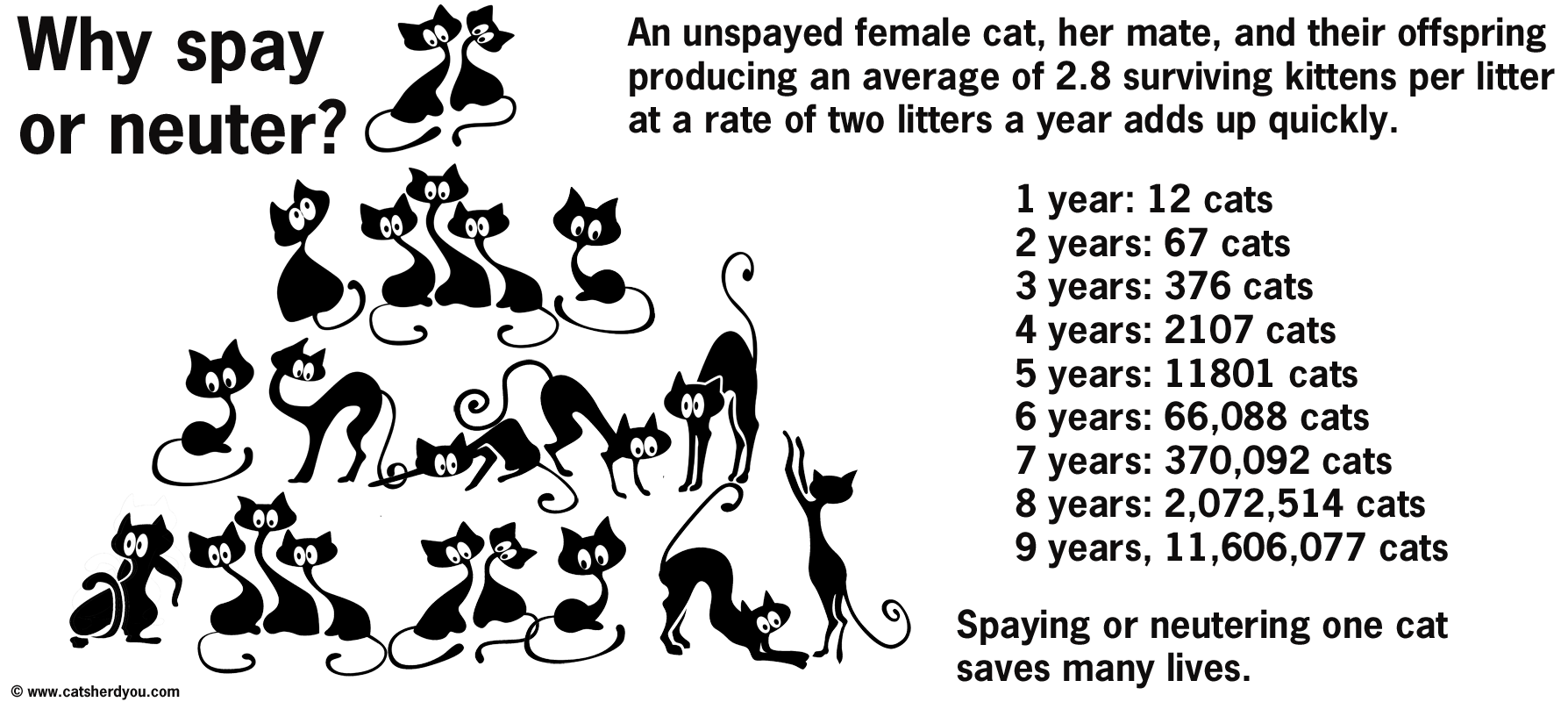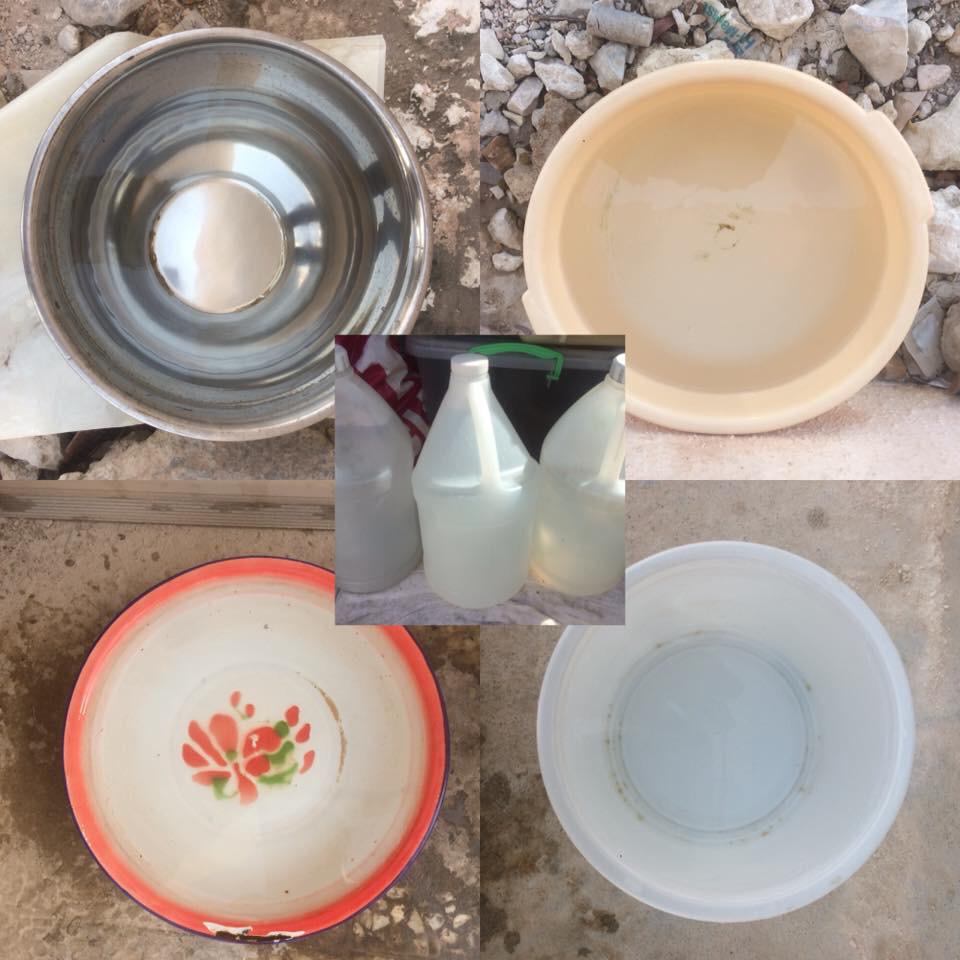
When we see street cats, our immediate thoughts are that they are in dire need of food. Yes, this is often the case as food sources can be scarce and reliance on scraps from bins is often their main source.
Embarking on becoming a food source for street cats should be handled tactfully and above all responsibly. The situation often begins by feeding a manageable group of 3, 4 or 5 cats but before you know it the numbers start to grow, and your weekly purchase of food increases to satisfy the numbers. These easy steps will ensure a manageable colony and cat safety.
TNR (Trap Neuter Return) the cats you feed from the very start to avoid an unmanageable overpopulated situation!
At this point, the cats you are feeding will be a manageable number to trap, neuter and return. Start now. Don’t wait for the colony to grow and create a situation that gets out of hand and unmanageable and above all costly to resolve. By steadily and systematically sterilizing each newcomer to the colony which may happen sporadically and occasionally over time, you are doing justice first and foremost to the cat, the colony, your area and your wallet.

When to feed
Feed once a day at or around the same time. Cats have their own schedule but are happy to accommodate where food is concerned. Due to the extreme weather conditions, we suggest feeding times should either be early morning before 8am or evening time from 18.00 onwards. Feeding during the day will only waste food as cats will be hiding. The heat will suck out the moisture from dry food and cause fresh food to go off.
Feeding without TNR is killing with kindness
Feeding grants sustenance for the street cats. Sustenance for unsterilized cats means you are granting the health ability for a female to go from 2 to 5/6 kittens at a potential rate of five times a year, This creates incredible stress on her body during her gestation period. Stress to find a nest, stress to fend for her young which if numbers are high can result in abandonment to part with some of them. The kitten ratio is that some will either die from being run over by cars or from illness, those that survive will add to your colony. If you are feeding in a private area such as a compound, park, business area etc by only feeding you are placing these street cats in grave danger. Complaints and a zero-tolerance which some organizations maintain will be hard to negotiate if you allow and facilitate numbers to increase. You can avoid the removal of street animals and placing their lives in danger by systematic trap, neuter and return. If you feed it is your responsibility to keep numbers down.
Portion control
Never overfeed. Leaving piles or bucket loads of food out all day does the following:
- Encourages new cats to the colony creating an unmanageable situation.
- Encourages cats to linger which should not be encouraged especially in private areas such as compounds.
- Feeding of numerous cats and not sterilising is an explosion waiting to happen.
Allowing cats to multiply to numbers in the high multiples to hundreds creates more work and a large TNR expense. If you TNR when the numbers are small you spend less. Don’t let your situation get out of hand.
Feeding should be a portion per cat visible at the time of feeding - a handful of cat biscuits per cat. Once you have a schedule the cats will be expecting you. What they eat will be that one guaranteed meal which will stand them in good stead for the day. The alternative before you came along was nothing so this cat-sized portion is a real treat. For the cat that doesn’t show up? He will come the next day so don’t think that skipping a meal will cause death by starvation. It won’t.
Neat and discreet feeding
The danger is that we become too focused on feeding and lose attention on how obvious and in effect bad a feeding station looks to the eye of those who don’t like cats. Feeding should be discreet – behind bushes, away from peoples properties, in alleyways and no food should be left to linger. Don’t leave empty cat tins, sachets or any mess relating to you as a feeder on the street. Do not give anyone the excuse to complain. Complaints endanger the cats.

WATER: Keep street cats hydrated
Water is just as important for street cats as feeding. Avoid loud coloured and metallic bowls and leave in a discreet place. Freshwater should be replenished daily.
Keep street cats healthy with quality food
 Feeding isn’t only about filling tummies its about granting nutrition to street cats so that they can maintain a good level of health. Cats need protein. In all food you provide especially with dry biscuits, check the ingredients to ensure the percentage of meat is high as more than often the wheat levels are substantial and hold little nutritional value. Ideally feeding cats Royal Canine is ideal but cost and quantity of cats can make this prohibitive. A way around this is mixing Royal Canine Fit with other dry food products for that premium quality vs medium quality mix. There are affordable prices on whole chickens which is a great source of nutrition, especially if slowly boiled in a deep pan of water. After hours of cooking the chicken, when cool remove small bones especially the sharp bone on the thigh and throw away. Shred the meat and distribute with broth. Remaining broth can be frozen and be served frozen in hot weather. Boiled chicken served at least once a week prevents colds, ringworm and stabilizes a cats health.
Feeding isn’t only about filling tummies its about granting nutrition to street cats so that they can maintain a good level of health. Cats need protein. In all food you provide especially with dry biscuits, check the ingredients to ensure the percentage of meat is high as more than often the wheat levels are substantial and hold little nutritional value. Ideally feeding cats Royal Canine is ideal but cost and quantity of cats can make this prohibitive. A way around this is mixing Royal Canine Fit with other dry food products for that premium quality vs medium quality mix. There are affordable prices on whole chickens which is a great source of nutrition, especially if slowly boiled in a deep pan of water. After hours of cooking the chicken, when cool remove small bones especially the sharp bone on the thigh and throw away. Shred the meat and distribute with broth. Remaining broth can be frozen and be served frozen in hot weather. Boiled chicken served at least once a week prevents colds, ringworm and stabilizes a cats health.
